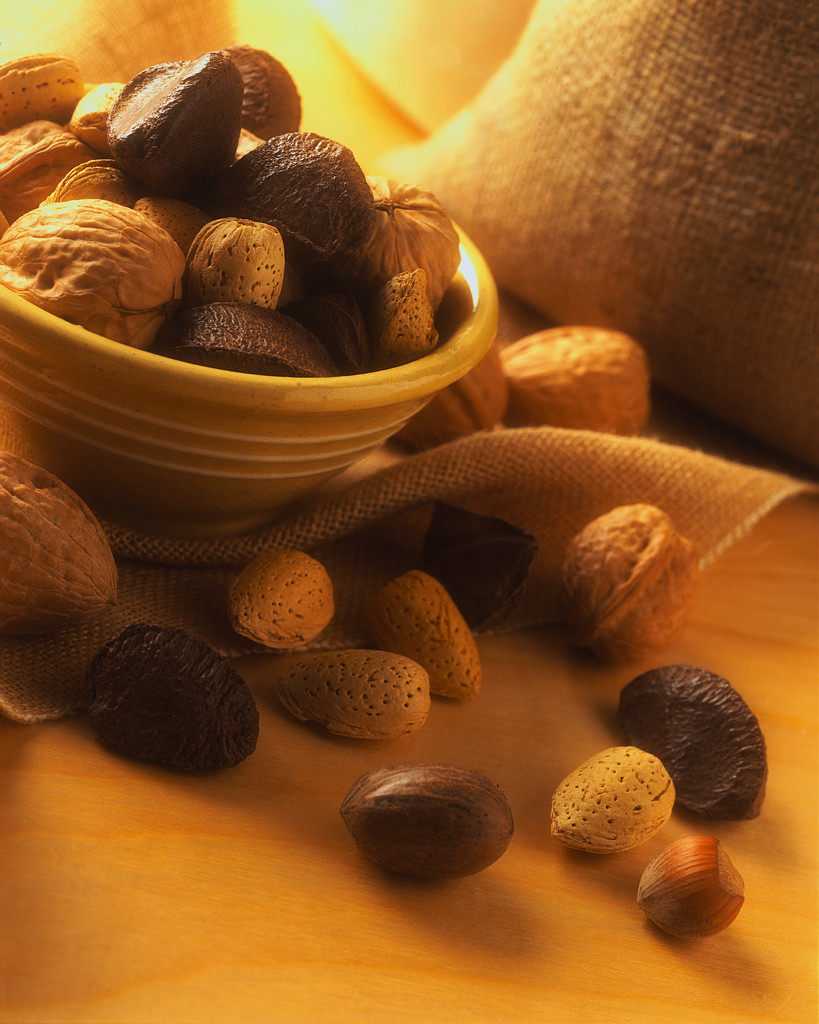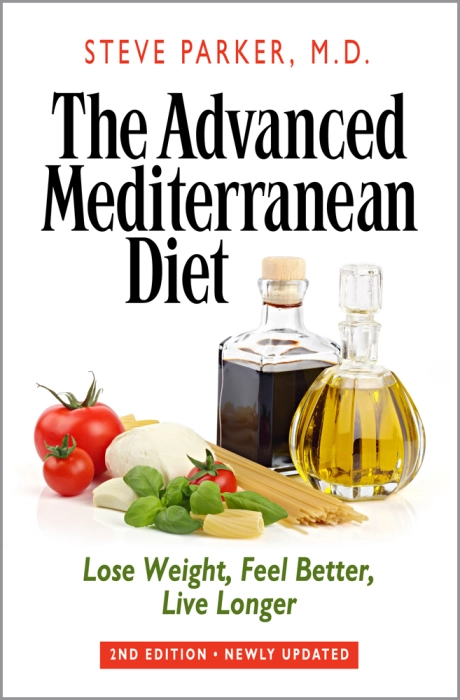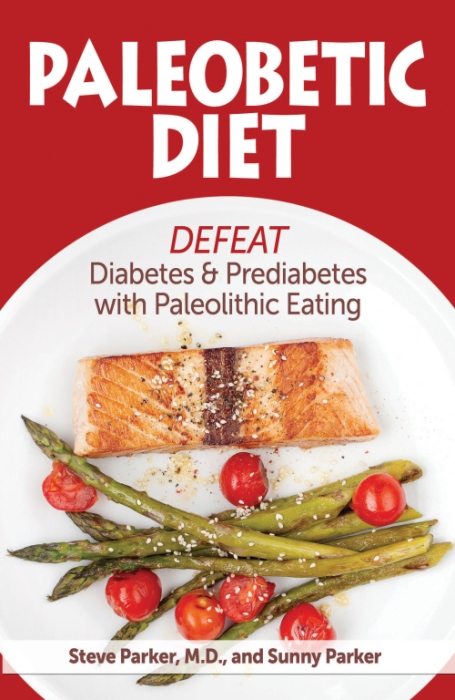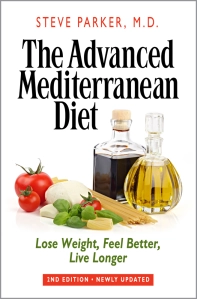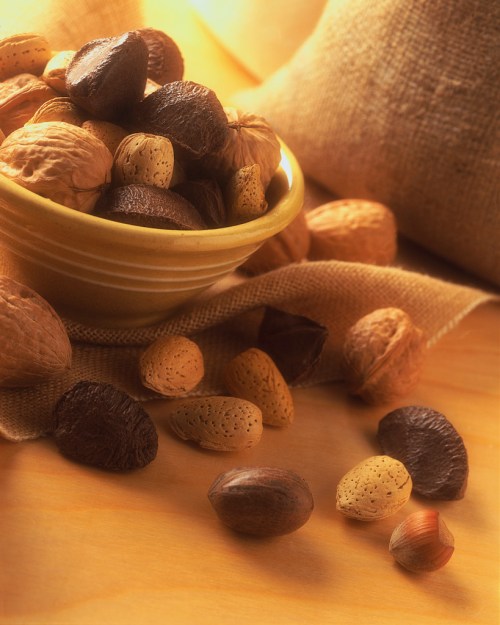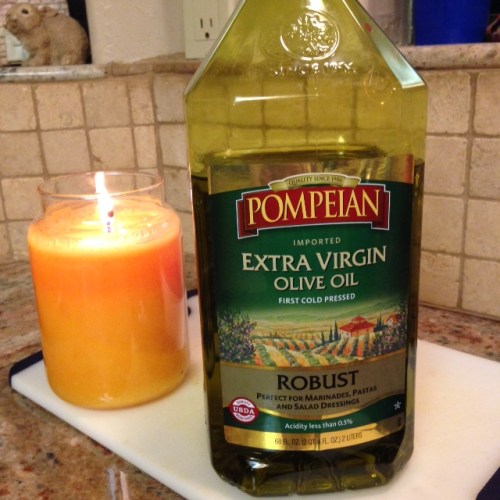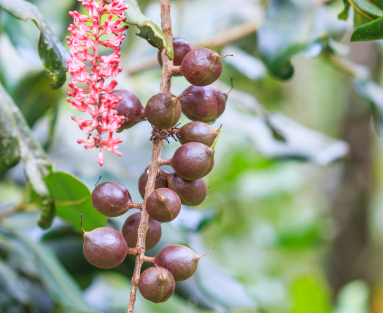
Cashews fresh off the tree. They’re actually fruits, not nuts.
Most of the diets I recommend to my patients include nuts because they are so often linked to improved cardiovascular health in scientific studies. Walnuts are associated with reduced risk of type 2 diabetes in women, and established type 2 diabetics see improved blood sugar control and lower cholesterols when adding nuts to their diets.
Nut consumption lowers total and LDL cholesterol levels, and if triglycerides are elevated, nuts lower them, too. Those changes would tend to reduce heart disease.
Conner Middelmann-Whitney has a good nutty article at Psychology Today.
Steve Parker, M.D.
Reference: Joan Sabaté, MD, DrPH; Keiji Oda, MA, MPH; Emilio Ros, MD, PhD. Nut Consumption and Blood Lipid Levels: A Pooled Analysis of 25 Intervention Trials. Archives of Internal Medicine, 2010, Vol. 170 No. 9, pp 821-827. Abstract:
Background Epidemiological studies have consistently associated nut consumption with reduced risk for coronary heart disease. Subsequently, many dietary intervention trials investigated the effects of nut consumption on blood lipid levels. The objectives of this study were to estimate the effects of nut consumption on blood lipid levels and to examine whether different factors modify the effects.
Methods: We pooled individual primary data from 25 nut consumption trials conducted in 7 countries among 583 men and women with normolipidemia and hypercholesterolemia who were not taking lipid-lowering medications. In a pooled analysis, we used mixed linear models to assess the effects of nut consumption and the potential interactions.
Results: With a mean daily consumption of 67 g of nuts [about 2 ounces or 2 palms-ful], the following estimated mean reductions were achieved: total cholesterol concentration (10.9 mg/dL [5.1% change]), low-density lipoprotein cholesterol concentration (LDL-C) (10.2 mg/dL [7.4% change]), ratio of LDL-C to high-density lipoprotein cholesterol concentration (HDL-C) (0.22 [8.3% change]), and ratio of total cholesterol concentration to HDL-C (0.24 [5.6% change]) (P < .001 for all) (to convert all cholesterol concentrations to millimoles per liter, multiply by 0.0259). Triglyceride levels were reduced by 20.6 mg/dL (10.2%) in subjects with blood triglyceride levels of at least 150 mg/dL (P < .05) but not in those with lower levels (to convert triglyceride level to millimoles per liter, multiply by 0.0113). The effects of nut consumption were dose related, and different types of nuts had similar effects on blood lipid levels. The effects of nut consumption were significantly modified by LDL-C, body mass index, and diet type: the lipid-lowering effects of nut consumption were greatest among subjects with high baseline LDL-C and with low body mass index and among those consuming Western diets.
Conclusion: Nut consumption improves blood lipid levels in a dose-related manner, particularly among subjects with higher LDL-C or with lower BMI.
